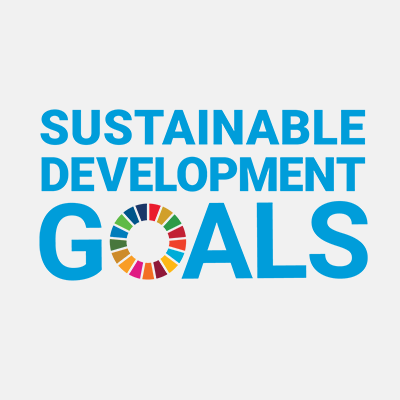Shellcraft has become an important means of income generation for coastal communities in Papua New Guinea, with an increase in tourism to the region coinciding with rising demand for these artisan products.
In New Ireland, men and women with no prior experience in shellcraft can now produce retail-ready items. Their sales of shell jewellery and handicraft items are currently valued at around AUD $165,000 p.a.
Over the past decade, shellcraft has become an increasingly important means of income generation for coastal communities in Papua New Guinea (PNG).
This activity is compatible with traditional lifestyles and offers livelihood opportunities through the production of jewellery and handicraft items for sale at local market channels.
Research conducted by UniSC's Australian Centre for Pacific Island Research (ACPIR) has focused on developing shellcraft to provide novel livelihood opportunities for communities in New Ireland Province, Papua New Guinea.

Working with partner agencies and researchers, this research now engages more than 250 artisans throughout New Ireland Province, all of which are actively producing jewellery and handicraft items from shells.
While most coastal and island communities in New Ireland Province have access to local food resources, there is a growing cash dependence for educational, medical, and utility services.
More than 100,000 people reside in the New Ireland Province where formal employment accounts for less than 4% of occupations. This means sufficient and reliable income must be generated through alternative means.
Research shows that shellcraft can address this need by generating income to pay for household essentials, such as education, food, clothing, and medical expenses, and supports building or renovation of community infrastructure and facilities.
Among the income-generating opportunities associated with tourism, shellcraft has potential to maximise accrual and distribution of economic benefit for host communities because shells can be sourced locally and transformed into jewellery and handicraft items at home for later sale to tourists.
As a result, informal vending of shellcrafts as souvenirs has the highest profit margin among alternative opportunities associated with tourism (including tour and entertainment, general retail, food and beverage, and transport sectors).
Chief investigator: Professor Paul Southgate.
This research is out of UniSC's Australian Centre for Pacific Island Research.
School of Science, Technology and Engineering.
 UniSC takes action to support achievement of the United Nations Sustainable Development Goals (SDG's): Goal 1: No poverty | Goal 2: Zero hunger | Goal 3: Good health and well-being | Goal 13: Climate action | Goal 14: Life below water | Goal 15: Life on land | Goal 17: Partnerships for the goals
UniSC takes action to support achievement of the United Nations Sustainable Development Goals (SDG's): Goal 1: No poverty | Goal 2: Zero hunger | Goal 3: Good health and well-being | Goal 13: Climate action | Goal 14: Life below water | Goal 15: Life on land | Goal 17: Partnerships for the goals
